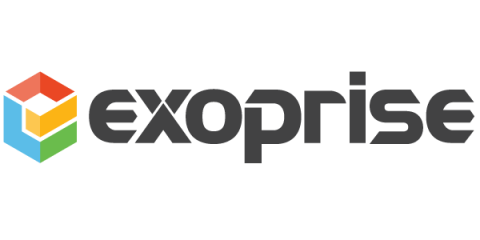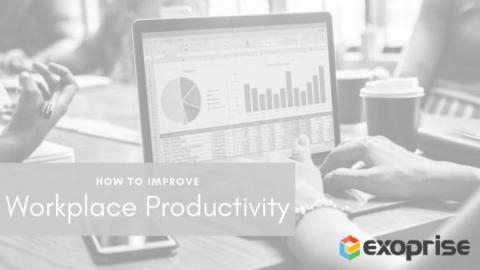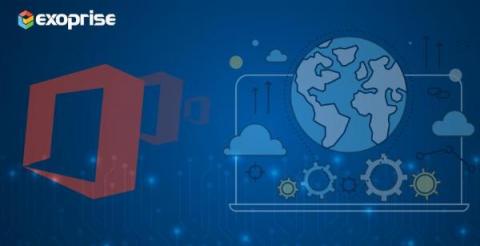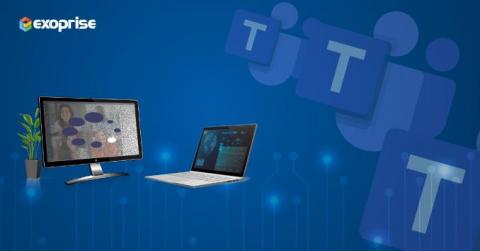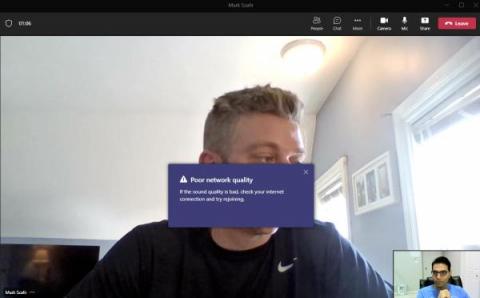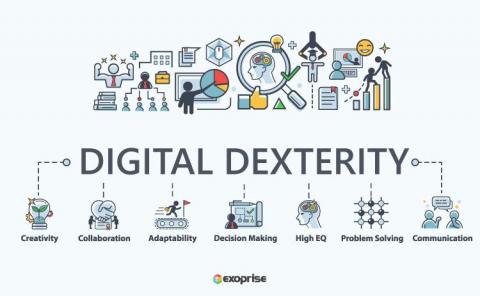What is the True Cost of Low Employee Engagement?
Employee engagement is the key to boosting IT workplace productivity in an organization. But bad digital employee experience (DEX) can result in disengagement, hurting your company’s net income and increasing employee turnover. According to Gallup’s 2022 Workplace report, disengaged employees cost the global economy a whopping $7.8 trillion loss in productivity. For US companies, the cost is around $350 billion for a single year.



